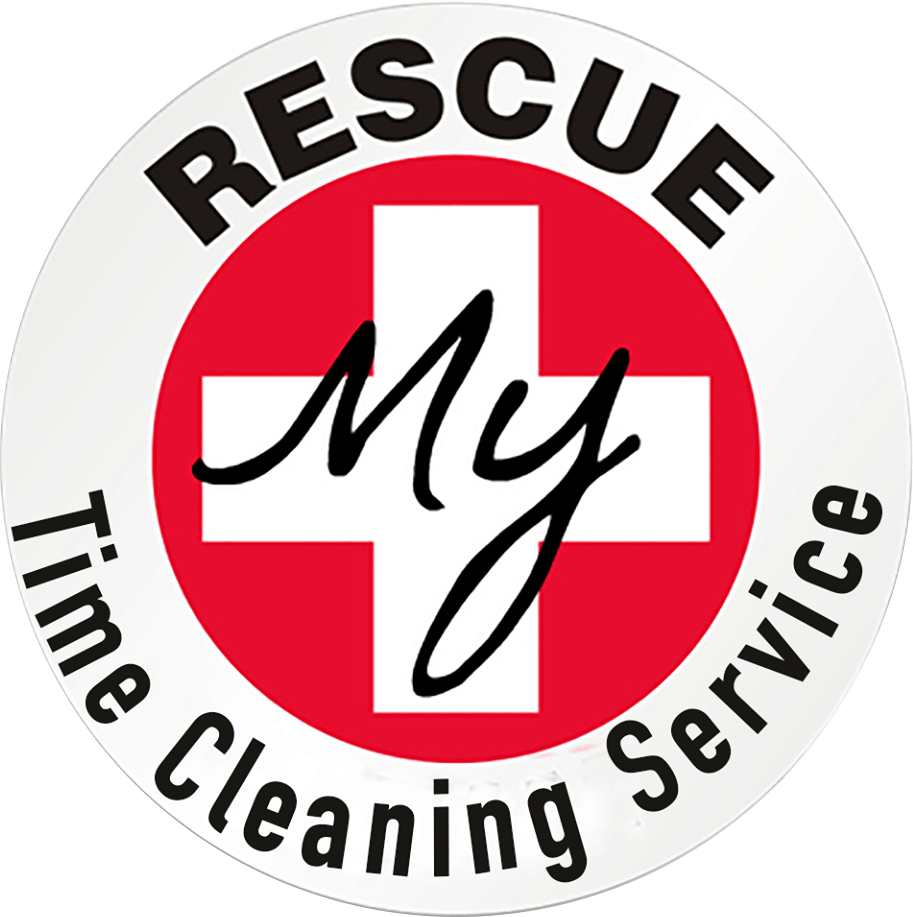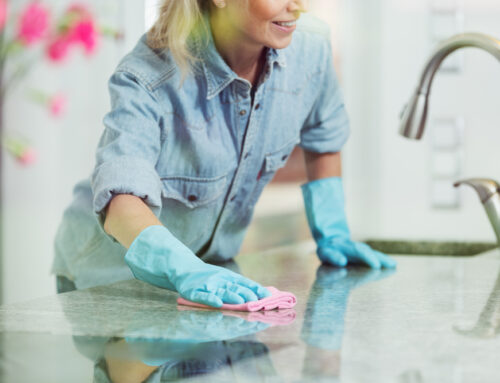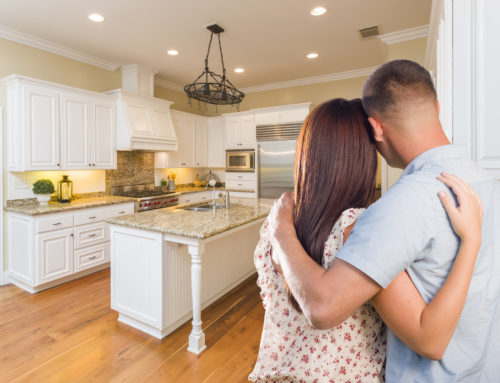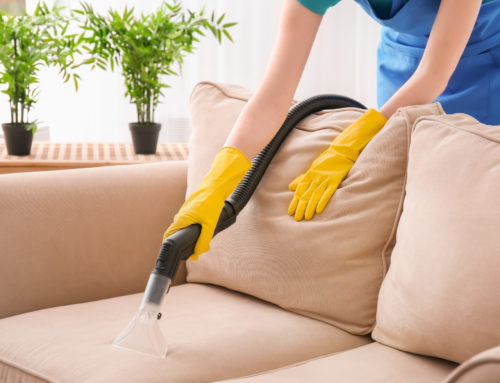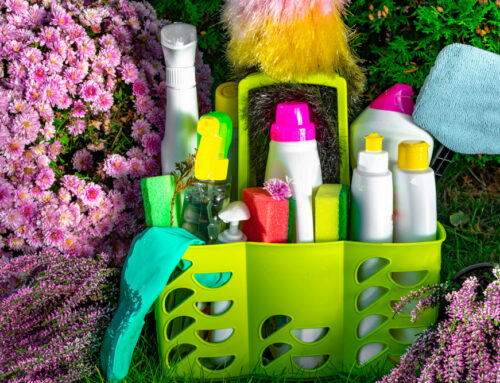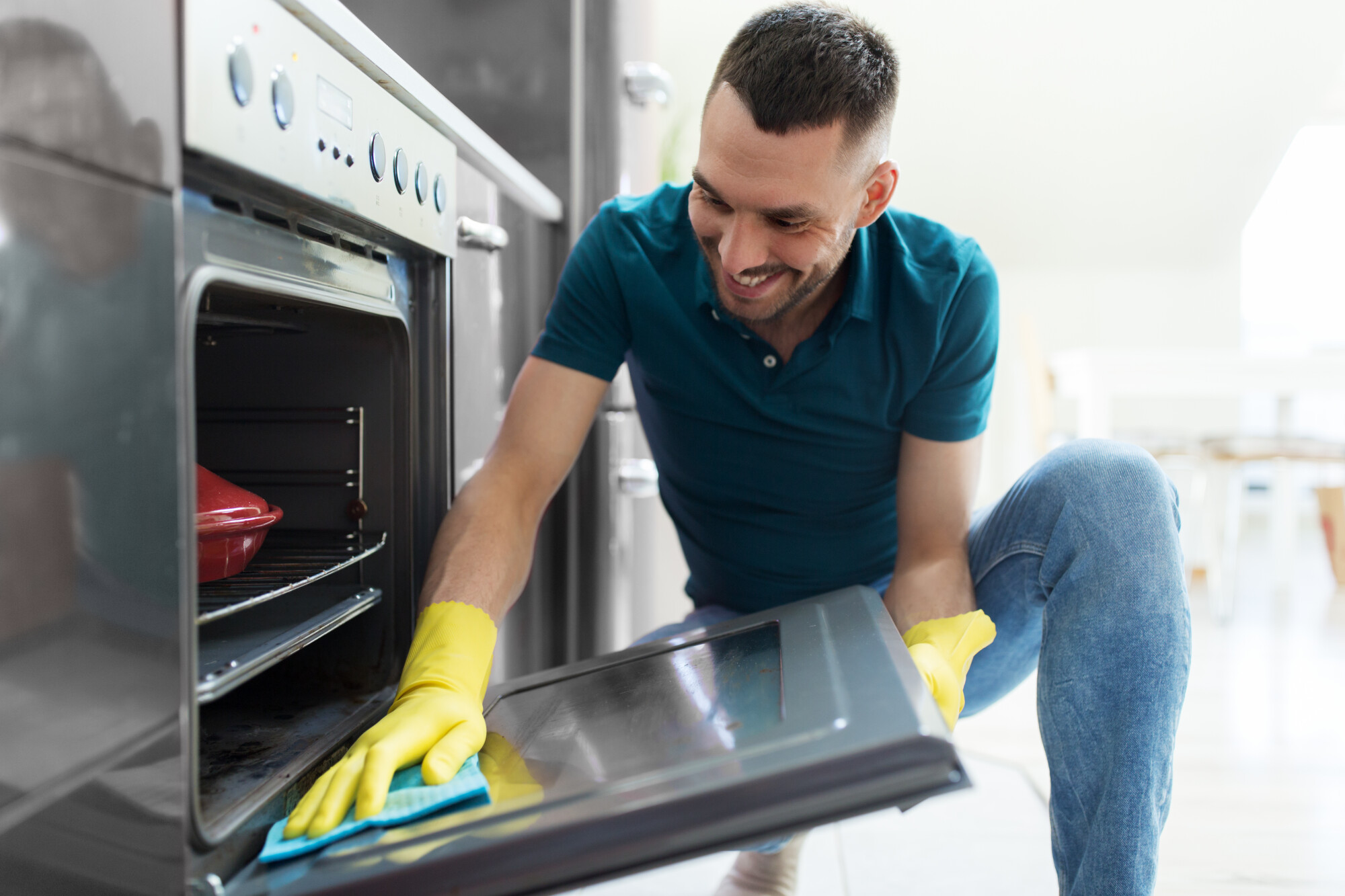
6 Tips for Preventing Mold and Mildew From Growing in Your Home
Mold and mildew can easily be a homeowner’s worst nightmare, but what if there were ways to make sure you never had that problem?
Since mold is a common allergy and can cause a lot of issues throughout your living space, it’s better to deal with it proactively whenever possible.
Preventing mold and mildew is all about controlling the moisture in and around your home. How can you do that effectively?
Keep reading to learn about six tips that will help you prevent mold or mildew growth throughout your home.
Preventing Mold and Mildew
As stated previously, avoiding mold and mildew growth in a home is going to be related back to moisture. You have to make sure that there is not a lot of moisture in the home or near the home because this helps mold and mildew thrive.
It is impossible to make a home mold-proof, but you can at least repel the mold the best way you can.
1. Learn About Your Region’s Climate
The Northeast part of the United States is cold and wet, but the Southwest is generally hot and dry.
Knowing more about the area you are in will help you understand the possibilities for mold and how likely it is to become an issue.
When you live somewhere like the South where it is generally hot and wet, you may find more issues with mold than you would in dry regions or cold regions. This is because these environments are more difficult for mold to thrive in.
No matter where you live, there is always a possibility for mold or mildew growth. Knowing more about the likelihood of it happening in your climate and what you can do to reduce your chance, however, is a great place to start.
2. Clean and Ventilate the Bathroom
Since mold grows easily in hot and wet areas, you need to make sure that you keep your home as dry and clean as possible.
It is important to thwart mold before it starts because it can be hard to get rid of it once it starts popping up.
A good place to start is your bathroom because there is where areas are likely to be wet in your home. Pay attention to the shower, tub, sink, floor, or even wall crevices. Clean all of these spots with products specifically made to prevent or kill mold.
If you don’t want to use those types of chemicals, you can also invest in steam cleaners. These will help to disinfect your bathroom and generally come with attachments that get into the nooks and crannies.
Cleaning is the first step. After this, you must make sure that the areas are dry.
A great idea is to use a bathroom fan before, during, and after your shower. This will reduce moisture and keep mold at bay. If you don’t have a fan, you could leave the door open to allow the moisture to escape the room.
3. Use Mold-Resistant Products
If you are renovating your home or even building a new one, you should look into using mold-resistant products.
You can get mold-resistant drywall or sheetrock as well as paints with mold-inhibitors in them.
Conventional drywall has a gypsum plaster core that is pushed between paper plies. Mold-resistant drywall does not have any paper in it and the gypsum core is instead covered in fiberglass, which is much more moisture-resistant.
You may want to consider using this type of drywall in your bathroom, kitchen, laundry room, or basement.
4. Check the Basement for Humidity
If you have a crawl space or a basement, you need to check it often for mold and humidity.
You may find that your basement smells musty or people that have mold allergies can’t be comfortable down there. If that’s the case, you may need to determine whether or not you have a mold issue in that area.
Check the floors, plumbing, and walls periodically to see if you have any mold that is growing without you noticing.
Look into getting a dehumidifier for these areas as well. It is a good idea to have your indoor humidity level between 30% and 60%.
Lastly, if you use your basement or crawl space for storage, you need to ensure that everything is and secure before storing it to prevent mold or mildew on your items.
5. Fix All Leaks
Having a leak anywhere in your house is a huge cause for concern when you are trying to avoid mold or mildew growth.
If you see a leak, you need to get it taken care of right away. A leak can lead to a flood, and this causes a whole array of other issues.
Larger leaks may require you to get water damage restoration fans to help dry the area entirely. You don’t want to wait on this because mold acts fast.
The most important thing when you’re dealing with leaks is to make sure that the area is dry completely and that any towels or linens you use are washed right away. Don’t let the wet mess sit anywhere, especially in a basement or crawl space!
6. Clean Roof Gutters
A simple way to ensure that you are preventing mold or mildew from a leak In the roof is checking your gutters. Your gutters should be cleaned regularly, and if you spot a damaged area, repair it right away.
You may notice some signs that show you a leak is happening before it even gets into your home. This could be as simple as a small water stain.
Keep a weathered eye out for these types of symptoms in your gutters to be more proactive rather than reactive.
Ready to Get Started?
Mold and mildew can be cringe-worthy in any living space, but knowing what to do to prevent the issue makes you a smarter homeowner.
When it comes to preventing mold, there are several steps you can take to avoid dealing with the issue altogether. Using the tips mentioned here will keep your home happy and healthy!
If you’re interested in learning more about effective ways to clean your home (and keep it that way), check out our article about mess-preventing tips.
Share this article
Follow us
A quick overview of the topics covered in this article.

